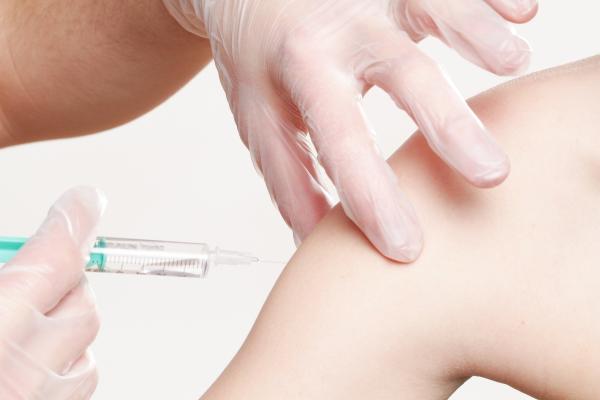The data set continues to be drawn from Our World in Data and is based on CDC statistics
Global
The US continues to lead in vaccinations; China lags by about 5 million as last week. Global immunizations now stand at 91 million or roughly 1.3% a half percent jump from the previous week.
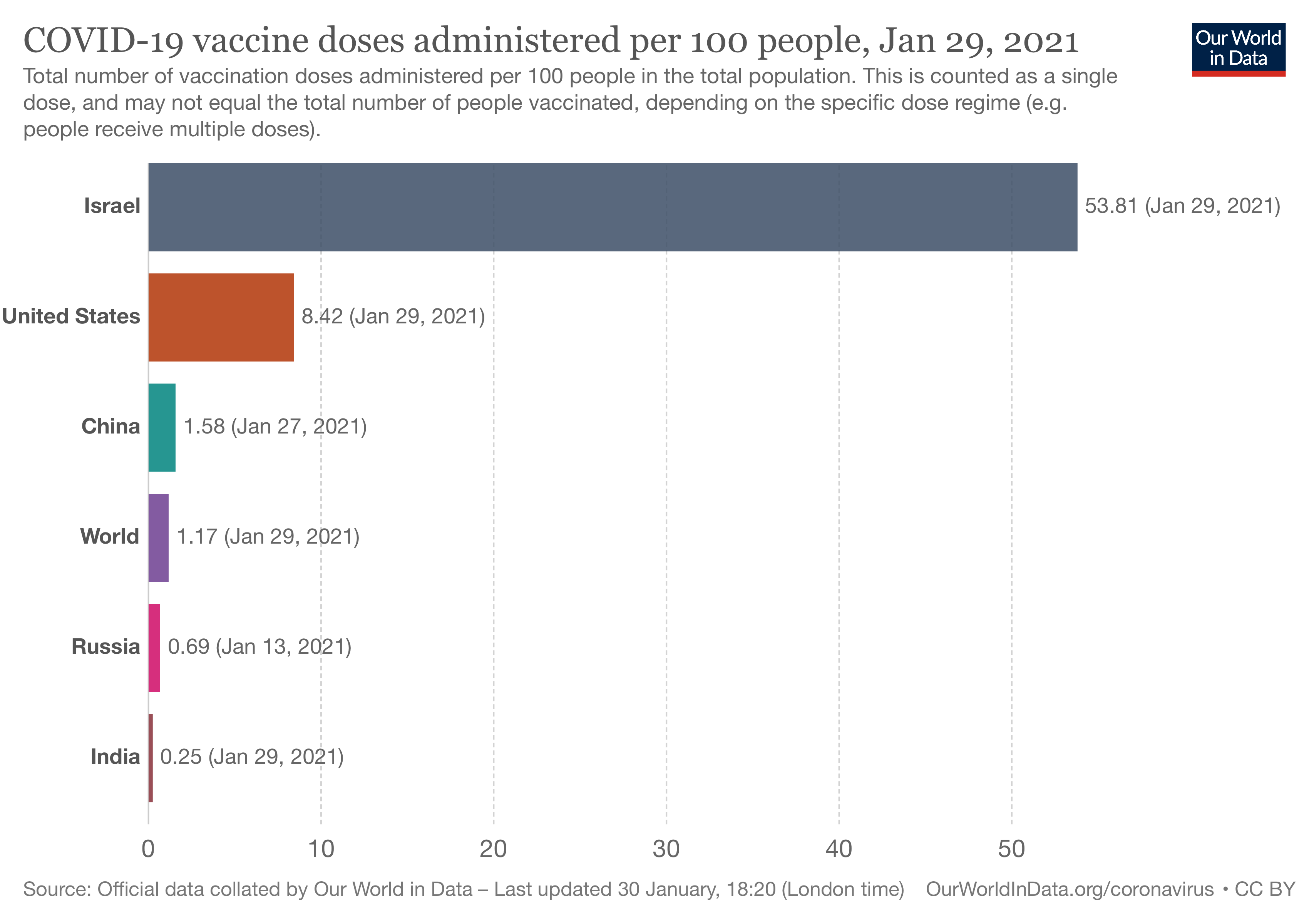
India is starting to put up some vaccination numbers. As a bit of a teaser later this week, I will take a more in-depth look at India, where we may be much closer to herd immunity than those vaccination numbers suggest. Here is a global map that shows some significant gaps in our data.
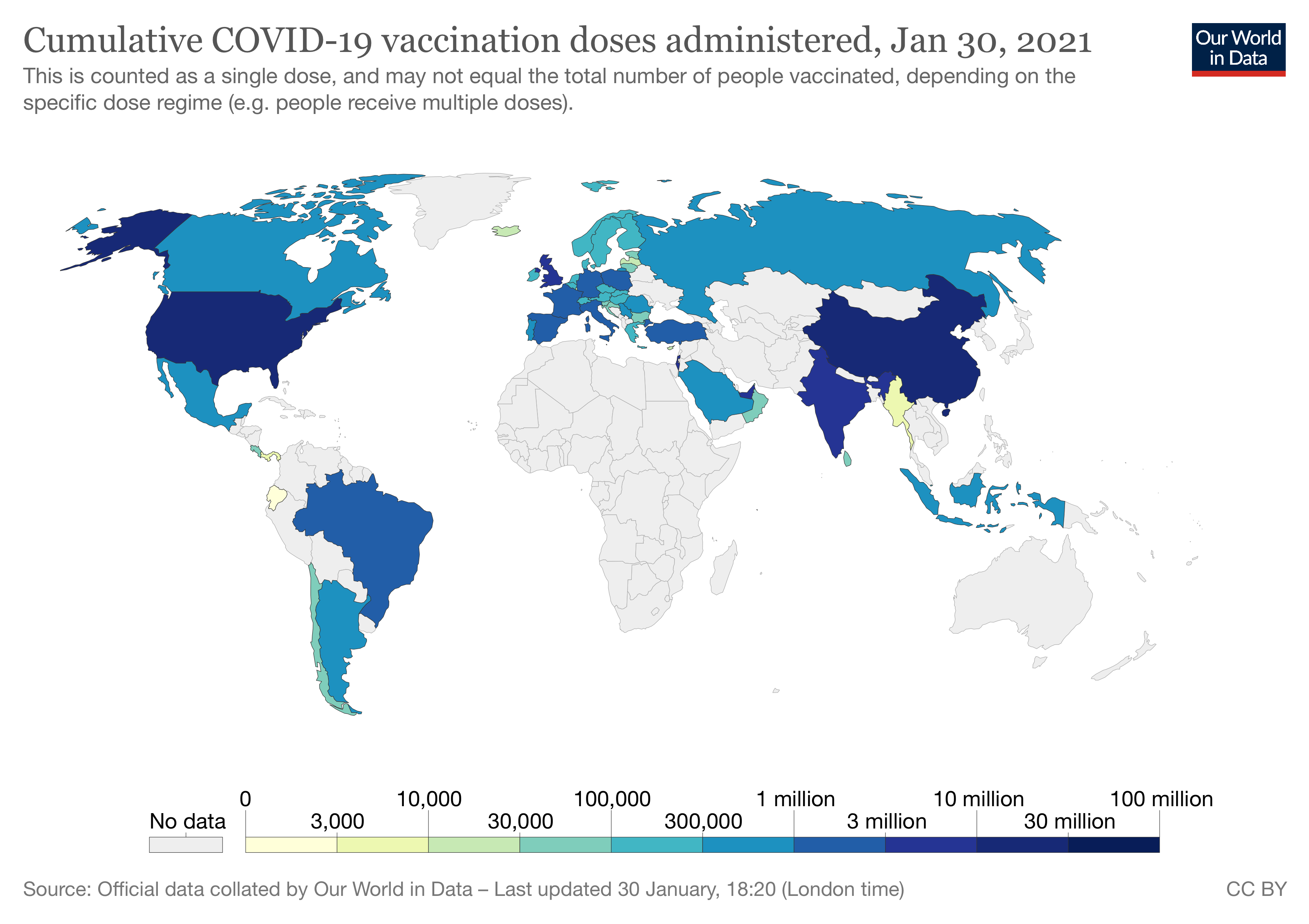
Herd Immunity in the US
Here is the breakdown of the numbers fully immunized by vaccination.
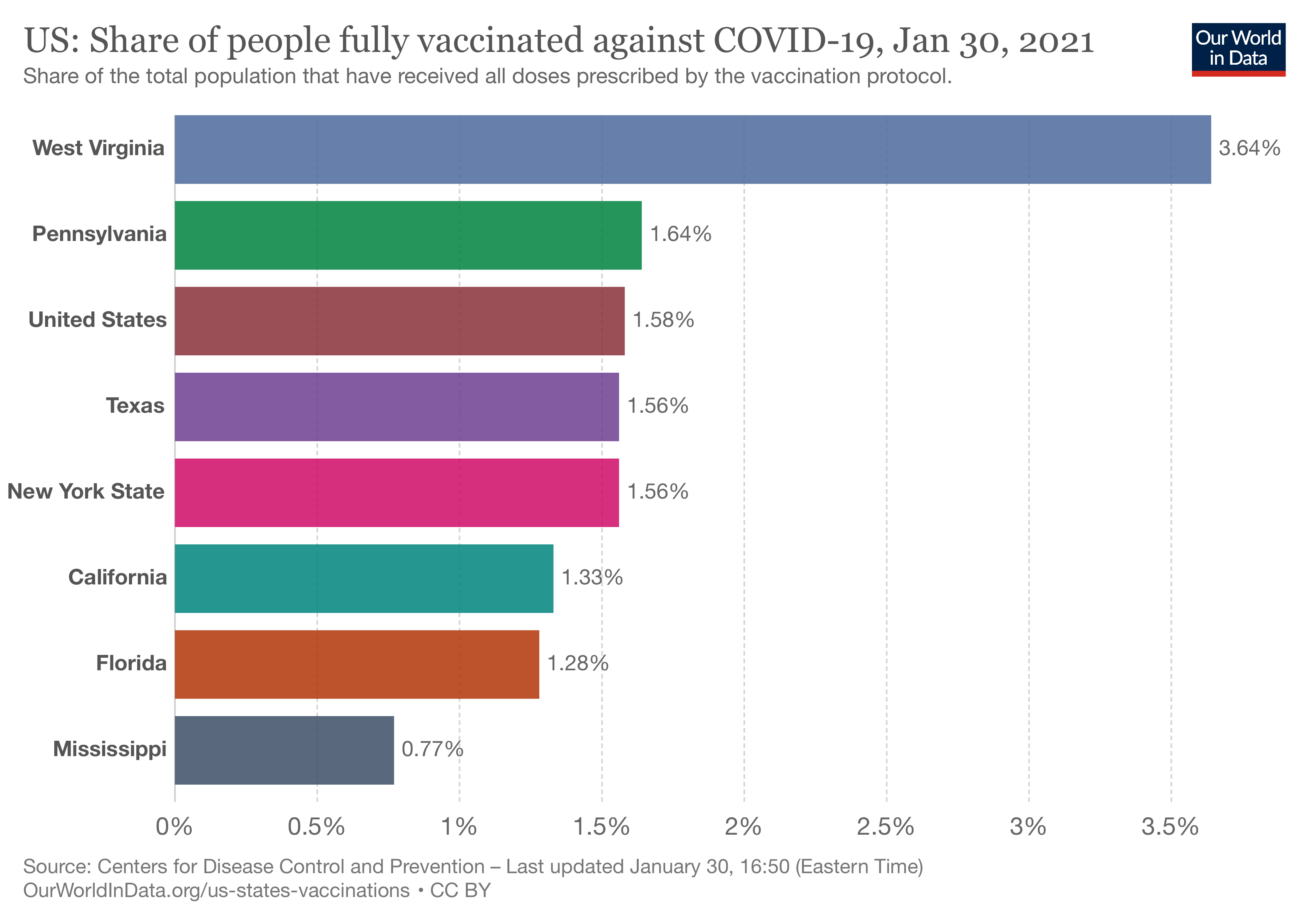 West Virginia continues to lead, Mississippi continues to trail. In between, all of the most populous states have increased their fully vaccinated on average by 0.6%, admittedly a small number but up 70% over last week – more an indication that people are getting those second doses.
West Virginia continues to lead, Mississippi continues to trail. In between, all of the most populous states have increased their fully vaccinated on average by 0.6%, admittedly a small number but up 70% over last week – more an indication that people are getting those second doses.
If herd immunity takes into account those who have recovered from COVID-19, our total population protected is roughly 30 million, about 8.5% of the population. But 25 million of those acquired their immunity the hard way, by recovering from COVID-19, only 5 million have been fully vaccinated.
Vaccine Operations
How quickly are vaccination programs improving? As a reminder, to meet the requirement of vaccinating a million individuals a day, the number per 100 needs to be 0.28; to fully vaccinate a million people a day, the number rises to 0.56. The good news is we continue to vaccinate more than a million a day, and our operational percentages are improving.
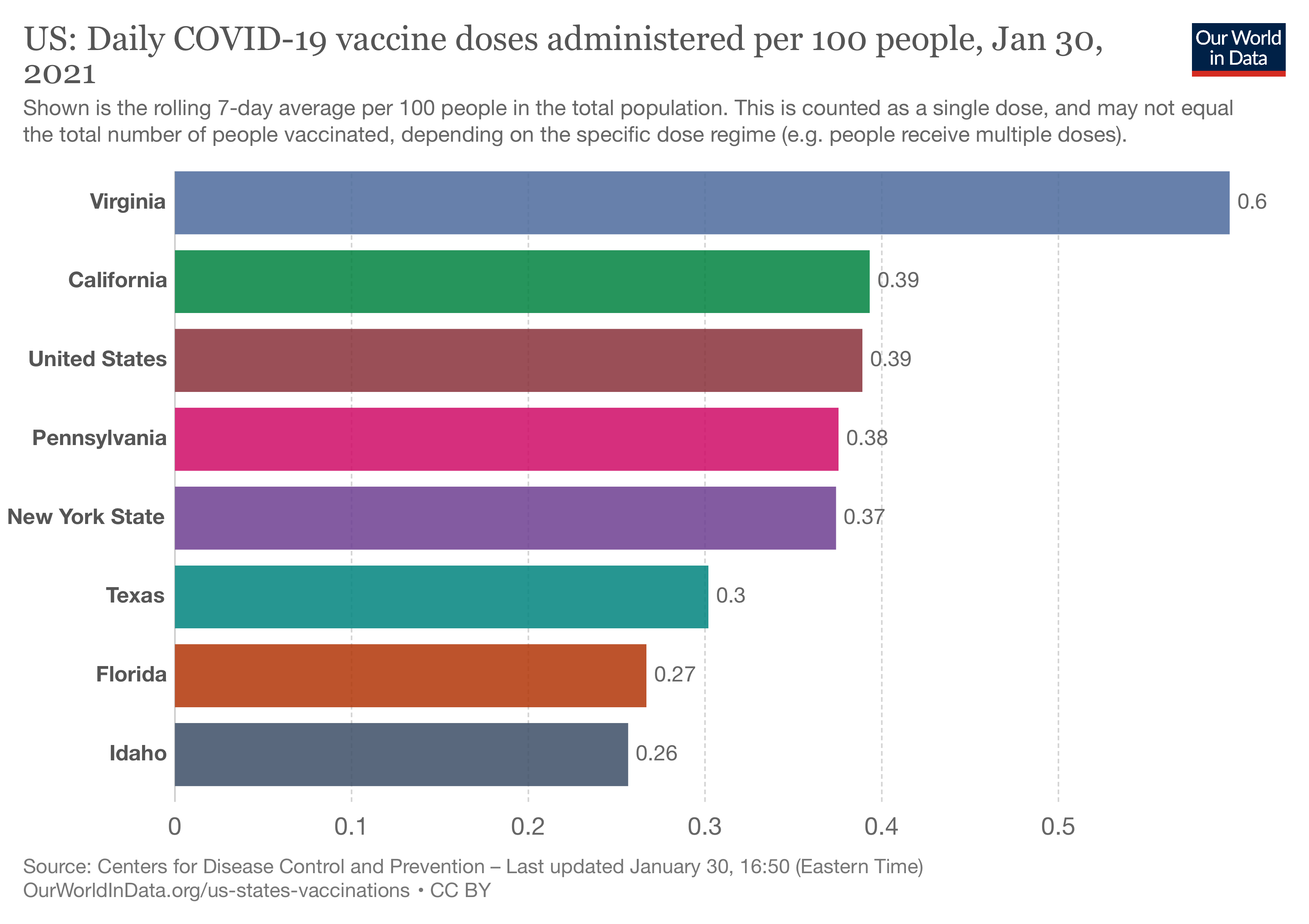
There is a great deal of variation within the states; Pennsylvania is vaccinating 13 more people a day per 100 than last week, Florida 10 less, New York middling along with three more people a day. Overall, the US is vaccinating 20% more than last week – 7 more people a day. Twelve states are vaccinating less this week than last; of the remaining states, the median improvement was 22% or 3200 additional vaccinations a day.
The bad news - As the weather gets colder, open-air facilities in the Northeast are getting closed. In New York, they were closed on Friday and Saturday and with a Nor’easter in the forecast, probably Monday and Tuesday of this upcoming week. Oddly, New York hasn't indicated that these tented sites will be closed despite predictions of 8-12" of snow. Wishful thinking?
Vaccine Shortages
Shortages may be the wrong word. Perhaps we are looking at a distribution problem; there certainly is good evidence that communication between the feds and the states and the states and their vaccination centers continues to be less than ideal.
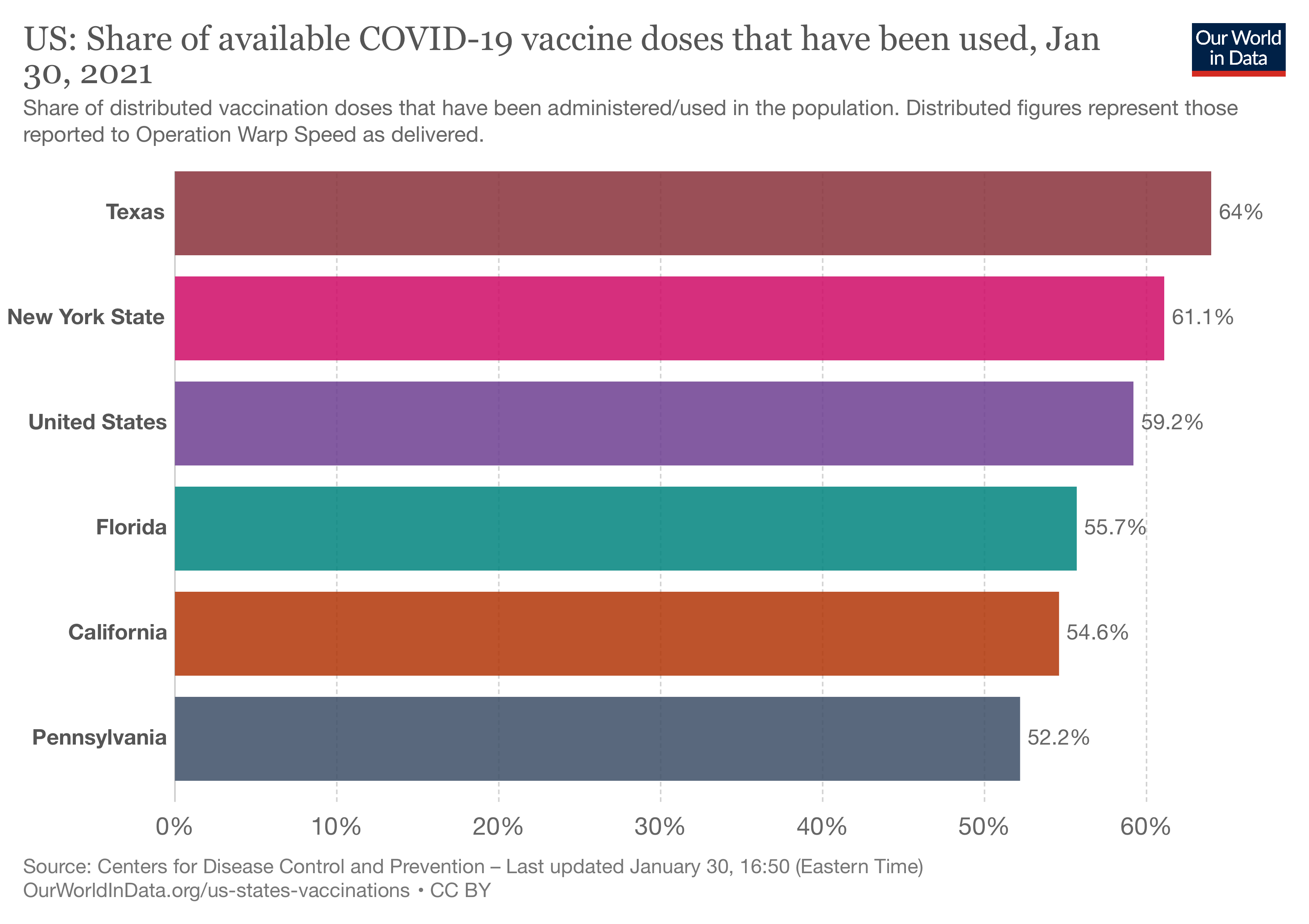 Everyone is using more of the vaccine they have available. Overall, for the US, an absolute 10% increase in vaccines getting into arms, a 33% relative increase over the previous week. Again, the states vary. Among the most populous, Florida has used only 5% more of their allotment, California 14% more. For comparison, the Dakotas and West Virginia have used 80% of their assignment, Missouri, Kansas, and Rhode Island, just about 50%. On an additional positive note, the news indicates that Governors are getting supplies to cover three weeks into the future which makes scheduling much easier.
Everyone is using more of the vaccine they have available. Overall, for the US, an absolute 10% increase in vaccines getting into arms, a 33% relative increase over the previous week. Again, the states vary. Among the most populous, Florida has used only 5% more of their allotment, California 14% more. For comparison, the Dakotas and West Virginia have used 80% of their assignment, Missouri, Kansas, and Rhode Island, just about 50%. On an additional positive note, the news indicates that Governors are getting supplies to cover three weeks into the future which makes scheduling much easier.
Long Term Care
No pictures, but there is data on how we are doing with vaccinating our most vulnerable - the first to be treated in addition to health care workers. Long-term care patients are vaccinated at a rate comparable to that of California, about 157,000 a day – without knowing the total number of individuals in long-term care, we can’t specify a percentage. The data is spotty in other ways, with some reports only through January 14th, two weeks ago. More specifically, as of that date, only 1.2 million of these patients had been vaccinated, and a vanishing percentage, 1.5%, fully vaccinated and immunized. For January 30th, the number having received at least one dose has risen to 3.5 million.
